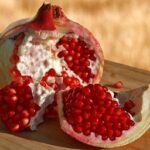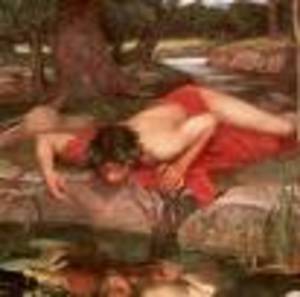Take advantage of the bitter cold this winter by planning some cool science experiments with your kids. Since the following activities can only be done when temperatures drop, the educational aspect makes subzero weather a little more tolerable.
Vaporize water: Done with a dose of dramatic flair, this science experiment can appear to be sheer magic to small children. Heat a small pot of water to boiling and then show your child how you can make it disappear into thin air.
- Take a cup of hot water outside in subzero temperature.
- Toss it in the air.
- Watch it instantly vaporize.
Do the same with a cup of cold water. The cold water will land on the ground as water, while most of the hot water will turn into a cloud of steam. A few water droplets may turn into small pieces of ice.
Freeze your bubbles: Blowing bubbles on a warm summer day is relaxing and fun for kids of all ages; blowing bubbles on a day with subzero temperatures is simply impressive. Bundle up the family and head out with a container of bubble soap. You may want to bring a camera to capture the magic, a.k.a. document the results.
- Chill bubble solution for quicker results.
- Stand out of the wind.
- Blow bubbles.
- Try to pop bubbles.
Freeze and thaw
This does not sound as fascinating as it really is. But conducting an ongoing scientific experiment complete with keeping accurate records can really be an engaging activity.
- Fill small containers with water, colored water, milk, oils or other liquids.
- Document the amount, the outside temperature, and the time it takes to freeze to a solid.
- Experiment with thawing; on its own, with salt, warm water, cold water.
- Use medicine droppers, straws or immerse the ice in containers of other liquids.
Clean snow experiment
Is your snow as clean as it looks? Before eating handfuls of the fluffy white flakes, you may want to try this experiment. Personally, I was sad to discover how dirty the pure white snow in my backyard really was!
- Scoop up freshly fallen snow.
- Put in a glass mason jar.
- Fill another jar with tap water.
- Microwave the snow water, or let it thaw.
- Now filter the melted snow through a coffee filter to see what you can find; bug parts, animal hair, and dirt.
- Compare snow from different areas.
- Look at the snow through a microscope.
If you keep all your information in a dedicated winter science journal, like a composition notebook, this could be an ongoing family tradition. It is also a great memory maker. Those preschool experiments and tiny scribbles will soon become observations and provide a structure for learning in years to come.
More by Sylvie Branch:
Art for the unimpressed: Ways to introduce art to your kids
DE cluttering with Kids: Painless Ways to Minimize the Mess
Robot obsession: Toys for kids who love robots





